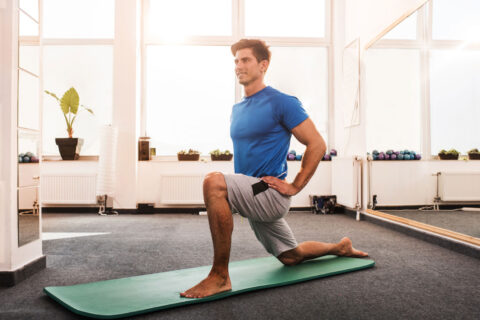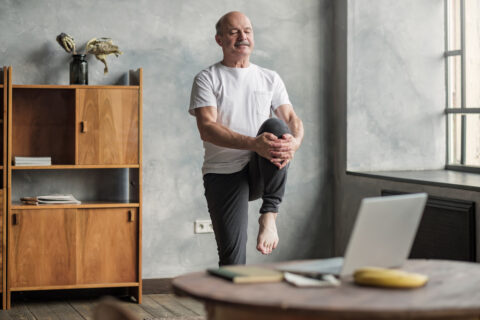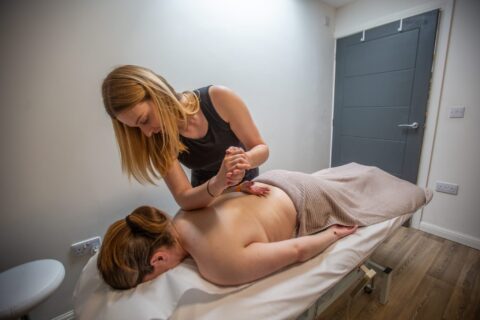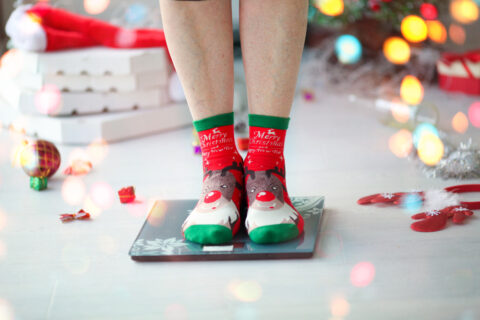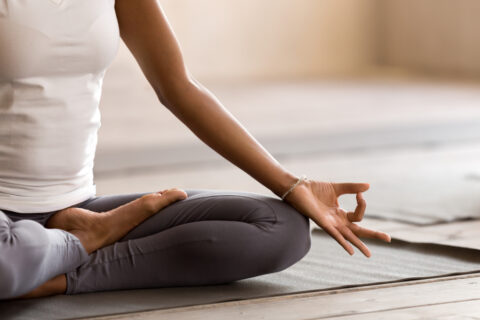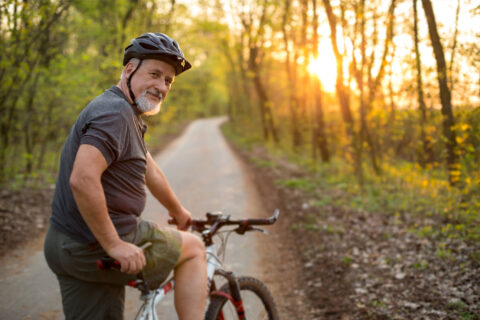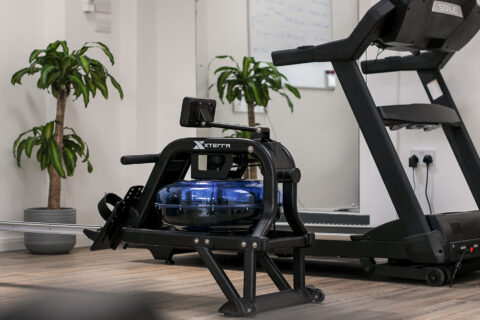A stroke is a life-threatening medical condition in which the blood supply to part of the brain is cut off. It’s one of those events that no one ever believes will happen to them, yet a stroke strikes every five minutes, and 100,000 people have strokes every year. There are currently 1.3 million stroke survivors in the UK, meaning the condition doesn’t necessarily signal the end of someone’s life. While it’s often possible to recover from a stroke, it typically leaves individuals with long-term problems by injury to their brain. One of these problems is weakness or paralysis on one side of the body, leading to reduced balance and coordination. Similarly, the initial few weeks following a stroke are plagued by fatigue and sleeping difficulties, resulting in further balance issues.
Following a stroke, tasks that were once simple can seem impossible, including standing, walking, and gripping things. As a result, feelings of deflation are common, making individuals want to give up; however, it’s more important than ever to power through. While moving feels like the last thing you’d want to do after a stroke, it’s this movement that will allow you to make your way back to normality.
Setting movement goals on the road to recovery
Everyday tasks can feel like an overwhelming challenge after a stroke, which is why it’s vital to start Setting movement goals on the road to recovery Everyday tasks can feel like an overwhelming challenge after a stroke, which is why it’s vital to start small and progress slowly. You may find yourself feeling frustrated by these goals, as you want to propel forwards on your road to recovery but don’t have the physical capacity to do so. These feelings of frustration are completely normal; however, it’s important to remain patient, not push yourself beyond your limits, and be kind to yourself.
During stroke rehabilitation, you will be seen by a physiotherapist, who will assess the extent of your abilities, and create a movement plan to improve these. You might also get in touch with a movement coach during your recovery period to accelerate your physical development. If you’re wondering how a movement coach can help, you can read about how a movement coach helped get things moving again in another context.
Regardless of which path you take, it’s essential that you don’t go it alone; your body is currently in a fragile condition, and you require professional insights to maintain health and well-being.
Movement goal examples
The adage “slow and steady wins the race” very much applies to stroke recovery. In your first few movement sessions, you may be instructed to pick up an object, put it down, and repeat. Upon seeing your strength improve from these small movements, you might then progress to larger goals like standing or walking.
While the above are common movement goals for stroke recovery, stroke impacts everyone differently, meaning every mode of recovery will also be unique. As a result, it’s important only to assess your progress in relation to yourself; it’s impossible to compare your situation to another person’s. A personalised approach to rehabilitation will help you to progress much more quickly.
Movement for stroke prevention
The adage “slow and steady wins the race” very much applies to stroke recovery. In your first few movement sessions, you may be instructed to pick up an object, put it down, and repeat. Upon seeing your strength improve from these small movements, you might then progress to larger goals like standing or walking. While the above are common movement goals for stroke recovery, stroke impacts everyone differently, meaning every mode of recovery will also be unique. As a result, it’s important only to assess your progress in relation to yourself; it’s impossible to compare your situation to another person’s. A personalised approach to rehabilitation will help you to progress much more quickly.
Unfortunately, individuals who have suffered from a stroke in the past are more prone to strokes in the future. Typically, they’ll be prescribed long-term medicines to reduce the risk; however, lifestyle is also a huge affecting factor. One of the most important lifestyle changes to make in lowering your stroke risk is to move regularly. Movement helps you maintain a healthy weight, lower your cholesterol, and keep your blood pressure healthy.
While you won’t be able to jump into aerobic activity for the first few months after a stroke, the progression of your rehabilitation will soon allow for moderate-intensity exercise. Just two hours and 30 minutes of fast walking or cycling on a weekly basis should be all you need to develop and maintain your physical fitness.
Join Be You on the road to recovery
Regaining your confidence in your movement is one of the hardest things to do after a stroke. Allow Be You to bolster your self-belief and help your progress on your road to recovery. If you’re dealing with other health conditions, you can also read about how Be You has helped others manage their conditions like diabetes and fibromyalgia.

